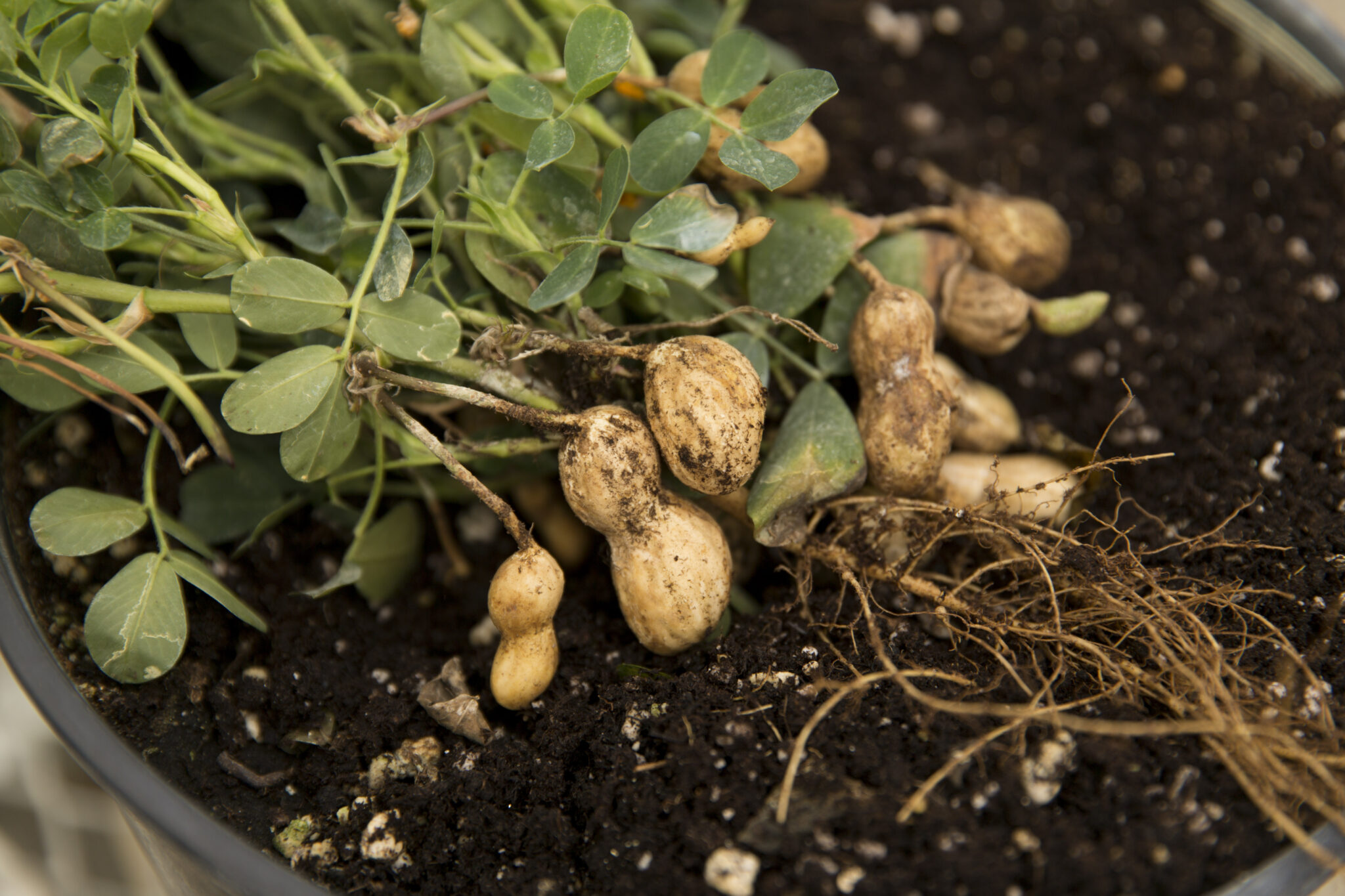Single trees planted in pleasant spots are all around us. In the natural world, though, most trees aren't singles. They grow in clumps, groves, stands and forests.
Properly designed, a group planting allows each tree to thrive and share the available resources.
One tree plopped down in a barren or competition-filled area, where the sun pounds down with little soil moisture to spare, is not a good idea.
A tree under these conditions has plenty of room to grow, but can only survive while gathering essential resources and keeping pests at bay. New trees on new sites have a hard time.
Two trees planted together, where each can shade the other's stem and rooting area, can help each other grow. As long as the trees aren't jammed into a small pocket of soil, they can grow together.
When putting two or more trees together, think first about the physical space available for a tree to colonize.
Trees need space to grow into, both above and below the soil surface. The space a tree colonizes must contain, hold or produce enough essential resources to allow it to survive and grow.
One key estimate of your site's tree-growth space is the soil surface area, in square feet, open to the atmosphere. The more square feet of open soil surface, the greater the chances of growing great trees.
How much space do trees need to grow well? To find out, estimate the tree diameter some years in the future. Figure the diameter (in inches) of a tree at 4.5 feet above the ground. Multiply that by 2.5 to get the critical rooting distance in feet.
The critical rooting distance is the minimum diameter of a circular area, with the tree in the middle, you should preserve for the tree to use.
If you plant two trees together, add their CRDs. Then multiply the total by 0.6 (for 40 percent root-system overlap) to get the CRD for both trees.
To calculate how much space you need to plant three, four or five trees together, add all their CRDs. Then multiple that value by the allowed overlap values of 0.7 (three trees), 0.8 (four trees) or 0.9 (five trees).
No overlap is allowed with six or more trees. If you plant six or more together, use the total CRD.
For boulevard, island or clump tree plantings, calculate the space you need. Be sure there are no soil limits. Trees can grow well together if you give them more than half a chance.






